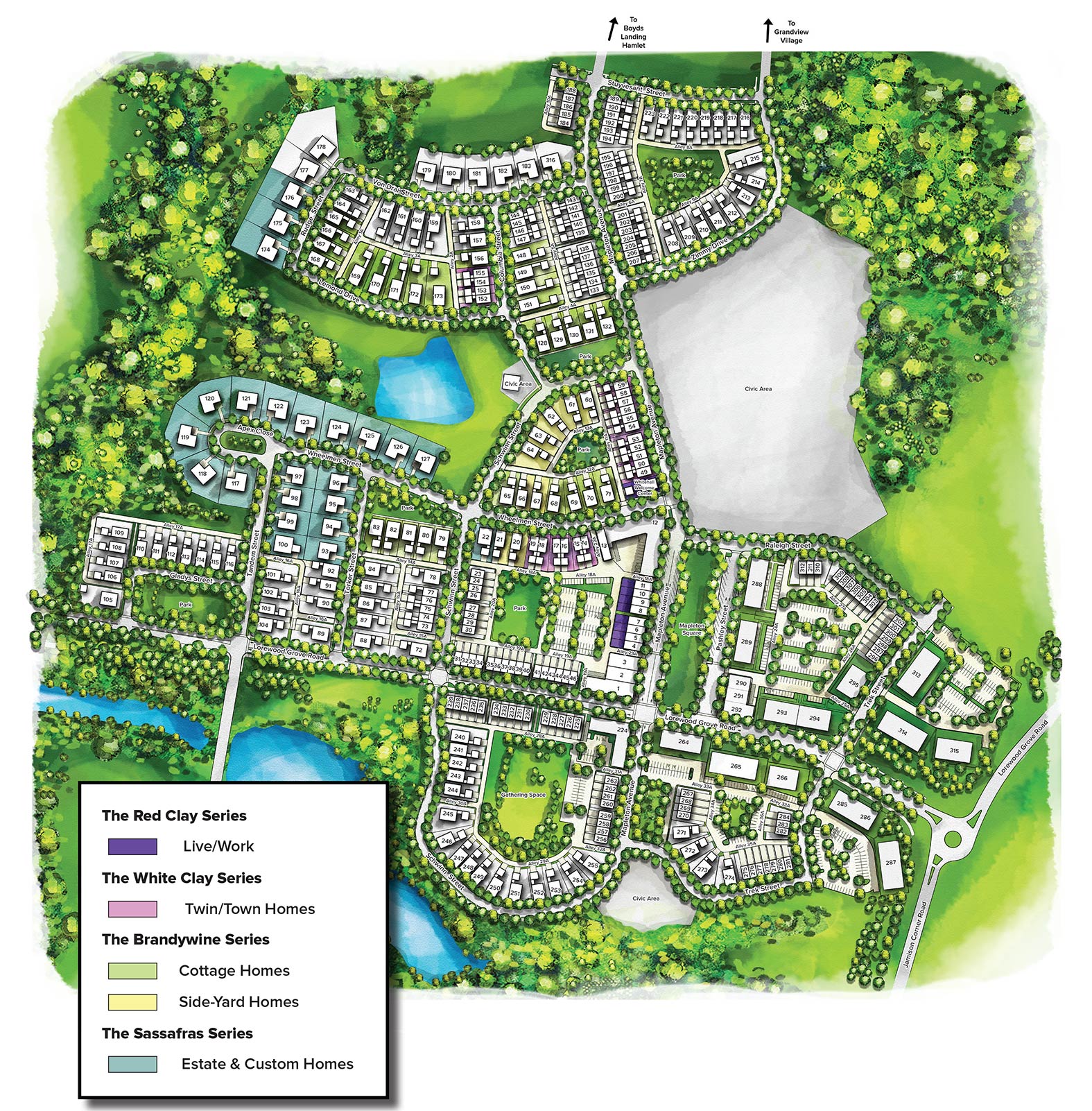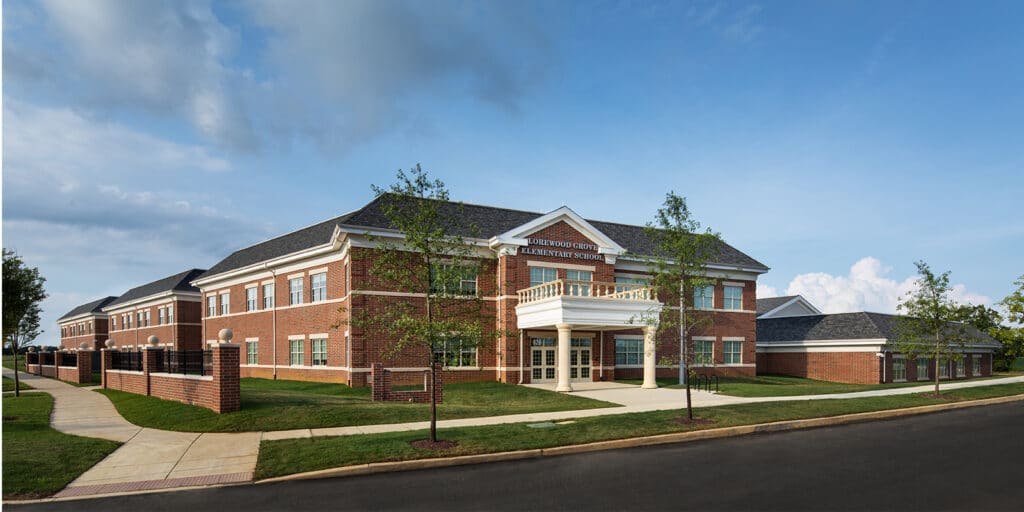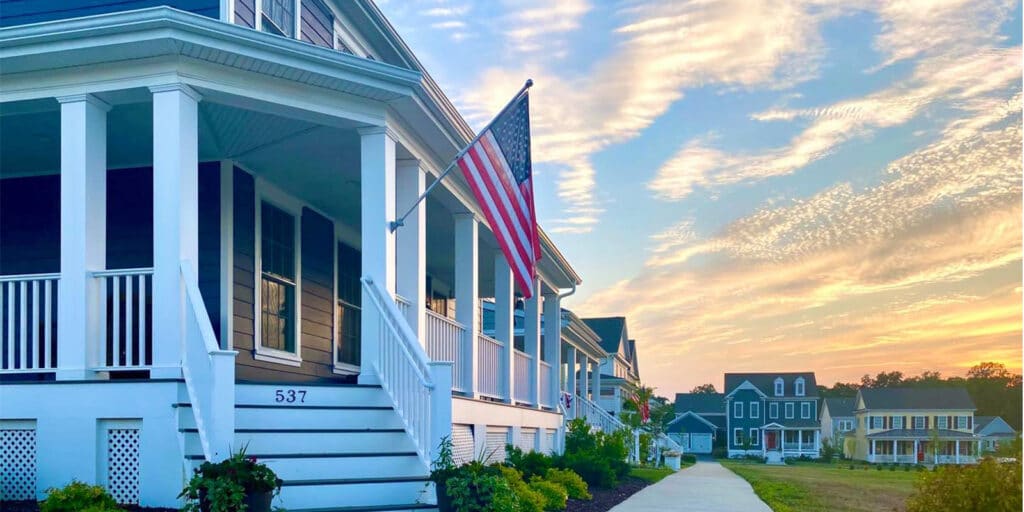The concept of complete communities is to foster best use practices in land use and development, achieving a balance between economic development and livability. It is not about sacrifice; rather it is the ultimate in public empowerment. It is more than a life style. It is a Living Style.
It is important in this economy, instead of adopting negativism, to refocus on the opportunities arising from a prolonged economic downturn. Higher energy prices and green initiatives have reshaped every aspect of our lives, creating new consumption patterns that are less focused on home and automobile. Altered ideas of denser economic landscapes are in line with the organization of communities (not just housing) around anchors that will drive economic development, making them sustainable by their very nature. This increases the attractiveness of the concept of complete communities.
 Community is fundamental to economic vitality. Therefore, surrounding environment is the top economic factor affecting the value of the home. We have known this all along, i.e. “Location, location, location.” So while image is fundamental, it is important to recognize that there is value in uniqueness of image. The World Bank in their study of “The Economics of Uniqueness: Embracing Cultural Heritage” cited the value in embracing regeneration and adaptive reuse in order to maintain a unique community and sense of space. While planned communities may not have the luxury of existing cultural assets, in their absence, planners would be well advised to strive to create uniqueness. Charm rarely happens by accident.
Community is fundamental to economic vitality. Therefore, surrounding environment is the top economic factor affecting the value of the home. We have known this all along, i.e. “Location, location, location.” So while image is fundamental, it is important to recognize that there is value in uniqueness of image. The World Bank in their study of “The Economics of Uniqueness: Embracing Cultural Heritage” cited the value in embracing regeneration and adaptive reuse in order to maintain a unique community and sense of space. While planned communities may not have the luxury of existing cultural assets, in their absence, planners would be well advised to strive to create uniqueness. Charm rarely happens by accident.
The term “planned community” in the past carried a negative connotation. Attitudes are shifting. Today, an unplanned community is similar to a fog bank where the driver has the urge to hit the brakes because he can’t see what’s ahead. When communities are presented as being planned in a thoughtful and responsible way (read: environmentally friendly, therefore socially acceptable), people are willing to invest. Trends show that talent seeks a dynamic living environment, diverse living styles (choices) and proximity to capital and resources – in other words, a planned community.
An important factor in planning is the commitment to educate individuals at all stages of the process. Education is the key to reducing the need to regulate by addressing realistic cohabitation issues, helping stakeholders make better choices and selections, and by fostering a sense of ownership, civic duty and stronger buy in.

What about the future of golf course communities? Sixty percent of buyers in golf course communities do not golf. When asked why they chose to buy in such a community, they said they did so because they enjoyed the vista and illusion of space. Today, there are 16,000 golf courses in the US and fewer every day. That’s right, golf courses are closing at a faster rate than new courses are being developed. What is taking their place? Golf course communities without the golf course. Planned communities feature green space that allows a variety of passive and active recreational activity. Golf course communities allow only golf. Retail in a golf course community is generally singularly focused on golf related activities, precluding possibilities of greater economic vitality.
A study revealed that the Millennial Generation, today’s 18 – 34 year olds, overwhelmingly prefers city, downtown, and core communities. They will not be buying houses in neighborhoods with lots they perceive as big to mow and too small to sow. Additionally, in 2025, projections show that 75% of all households will be childless.
These realities prove the attractiveness of the principles of New Urbanism and the viability of planned communities.




